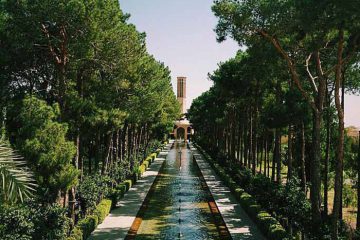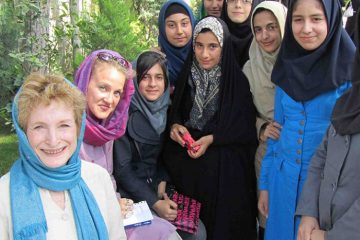UNESCO World Heritage Sites in Iran
UNESCO World Heritage Sites in Iran : Steeped in exceptional antiquity, culture and natural landscapes, civilization Iran has been the subject of extensive studies throughout the world. While monumental structures and landscapes are more than abundant, up to this date, 22 cultural and 2 natural properties have been inscribed on UNESCO World Heritage sites in Iran, and 56 sites are on the tentative list pending for nomination, which makes Iran the 11th country among countries with the most number of UNESCO World Heritage sites.
World Heritage Sites in Iran. The list does not indicate supremacy of any site.
#1 Chogha Zanbil
chogha Zanbil : The 1st Iranian inscribed World Heritage site (1979) and the only extant site belonging to the Elamite Kingdom (the only kingdom of indigenous inhabitants of Iran before the reign of Aryans), is the 1,250 BC city of Untash (Dur-Untash, or locally called Chogh Zanbil, meaning inverted Basket).
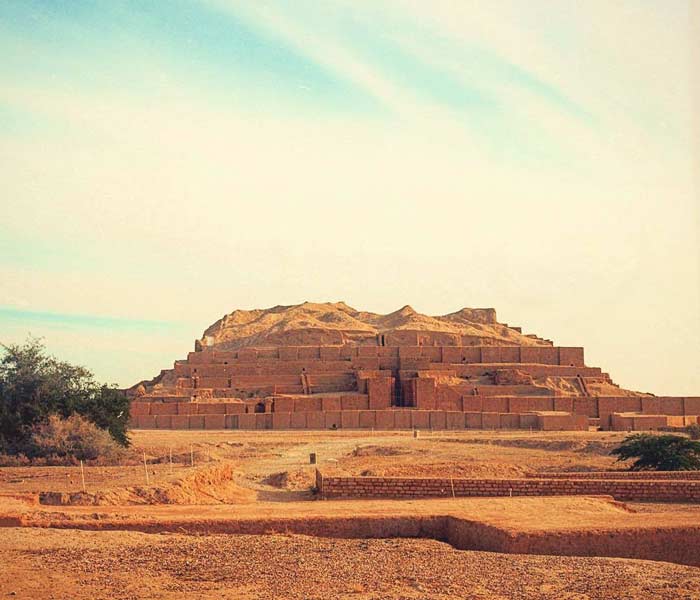
Ziggurat of Tchogha Zanbil – Susa, Khuzestan
Located in Today Khuzestan Province, southwest of Iran, Tchogha Zanbil was the religious center of the Elamites. The foremost element of this complex is an enormous ziggurat dedicated to the Elamite divinities.
It is the largest and best preserved ziggurat outside of Mesopotamia.
#2 Pasargadae
Pasargadae : Inscribed as a World Heritage site in 2004, the city of Pasargadae was the first imperial capital of Achaemenids, founded by Cyrus the Great, in 6th century BC, in today Fars Province.
The city’s gardens were the prototype of the famous Persian Garden. Tomb of Cyrus the Great, the royal palaces, and Tall-e Takht (a fortified terrace) too point to the grandeur of Persian civilization.

Tomb of Cyrus the Great in Pasargadae, Fars Province
Pasargadae is significant for being the capital of the first and vastest empire of the time, which respected the cultural and religious diversity of its nations from Eastern Mediterranean and Egypt to the Hindus River, which is also embodied in its multicultural architecture.
#3 Persepolis
Persepolis : Also inscribed in 1979, the now ruins of Persepolis (Locally called Takht-e Jamshid) was the ceremonial capital of the Achaemenids, founded by Darius I in 518 BC, and expanded by the successive kings in the next 200 year. The city sits on an immense terrace at the foot of Mountain of Mercy (Kouh-e Rahmat) in today Fars Province.

Gate of All Nations, Persepolis, Fars Province
Numerous stunning palatial buildings boasting an stunning architectural style and technology, multiple inscription tablets, etc., has rendered Persepolis one of the world’s greatest archaeological sites.
#4 Armenian Monastic Ensembles of Iran
Armenian Monastic Ensembles of Iran : The Armenian Monastic Ensembles of Iran, in northwestern Iran, consists of three monastic ensembles of the Armenian Christian faith: St Thaddeus (the oldest, dating back to 7th century), St Stepanos and the Chapel of Dzordzor. The monasteries have survived 2,000 years of destruction and disasters and been rebuilt several times.

Monastery of St Thaddeus, West Azerbaijan Province
The monastic ensembles are remarkable examples Armenian architecture and culture. They counted as the main center of dissemination of the culture and are still living places of pilgrimage for the Armenian church.
#5 Tabriz Historical Bazaar Complex
Tabriz Historical Bazaar Complex : Inscribed in 2010, Historical Bazaar of Tabriz stands out as the world’s largest roofed market, consisting of a series of interconnected rick structures, buildings, and enclosed spaces for different functions. Founded in the 8th century, Tabriz Bazaar Complex was a prominent trade hub on the Silk Road until the 19th century.

photo by @lonebiker.net on Flickr
Moreover, Tabriz Bazaar is an exceptional example of traditional bazaars of Iran playing an important role in the political and socio-cultural landscape of the country.
#6 The Persian Garden
The Persian Garden : Inscribed in 2011, the Persian Garden includes 9 gardens in different regions of Iran.
The Persian Garden is a masterpiece of human genius responding to arid climates of central plateau of Iran, integrating different fields of knowledge such as water management system, architecture, agriculture and botany to create paradise, or in other words an oasis, in a dry and hot climate.

Shahzadeh Garden, Mahan, Kerman Province
The gardens of Pasaragadae (6th century BC) are the prototype for the following Persian gardens. Persian Garden has its influence from Alhambra gardens in Spain to Taj Mahal in India.
#7 The Persian Qanat
The Persian Qanat : Inscribed in 2016, the Persian Qanat is a collection of 11 qanats in different regions of Iran. Qanat or Kariz is an ancient yet avant-garde technology of tapping into subterranean waters and channeling them to earth surface by means of kilometers long underground tunnels.

Qasabaeh Qanat in Gonabad, Khorasan Province
Qanat was the Persians’ genius water supply system in the most arid regions of Iran, making possible development of permanent human settlements in the driest climates. The oldest example of qanat in Iran is Qasabeh Qanat of Gonabad in eastern Iran, dating back to 700-500 BC.
#8 Naqsh-e Jahan Square
Naqsh-e Jahan Square : Inscribed in 1979, Naqsh-e Jahan Square in Isfahan, was built by the order of Shah Abbas the Great in early 17th century, when Isfahan became the seat of Safavid Empire. The rectangular square is surrounded by 4 monuments on its 4 sides : 2 grand mosques, a royal palace (Ali Qapu), and the Portal Entrance of the grand Bazaar of Isfahan.
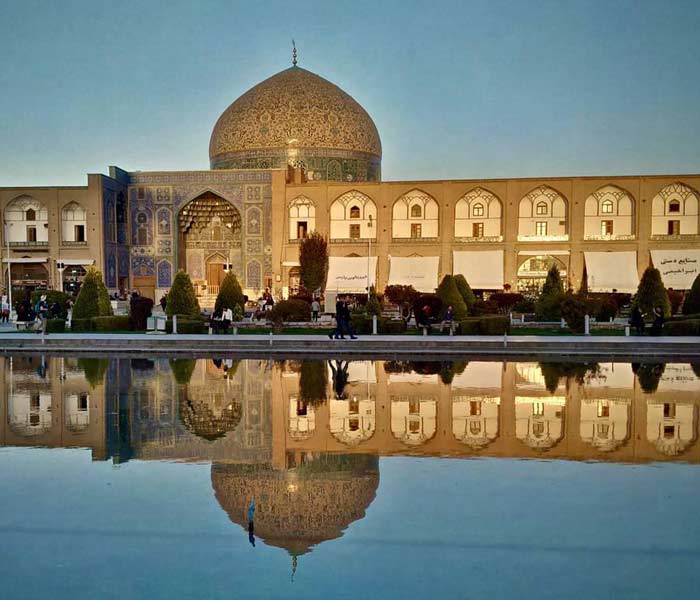
Sheikh Lotfollah Mosque in Naghsh-e Jahan Square, Isfahan
Naqsh-e Jahan Square is a brilliant example of social and cultural life in Safavid Persia, not to mention a grand testimony to the architectural and artistic finesse of Iranians.
#9 Historic City of Yazd
Historic City of Yazd : Inscribed in 2017, the Historic city of Yazd is a brilliant testimony to urban development in the dry climate of central Iran.
The earthen city is a living example of thriving on limited sources of water and harsh climate of the desert by the use of qanats and an adaptive vernacular architecture and invention of wind-catchers as a sustainable ventilation system.
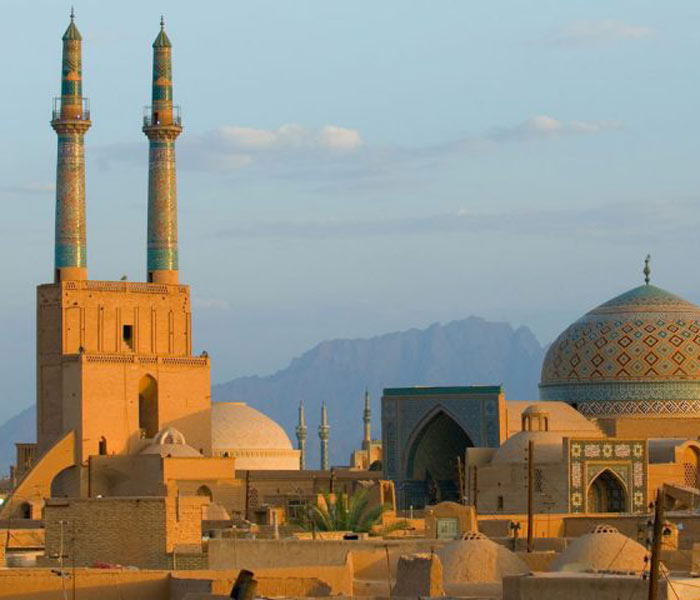
Jameh Mosque of Yazd
The preserved sections of Yazd are home to beautiful adobe neighborhoods, the luscious Persian Garden of Dowlatabad and the Zoroastrian fire temple.
#10 Shahr-i Sokhta
Shahr-i Sokhta : Inscribed in 2014, Shahr-i Sokhta (lit. Burnt City), is one of the unique archaeological sites in Sistan va Balouchestan Province of southeastern Iran. Founded circa 3,200 BC, the mudbrick city was a prosperous and highly developed human settlement until 1,800 BC.
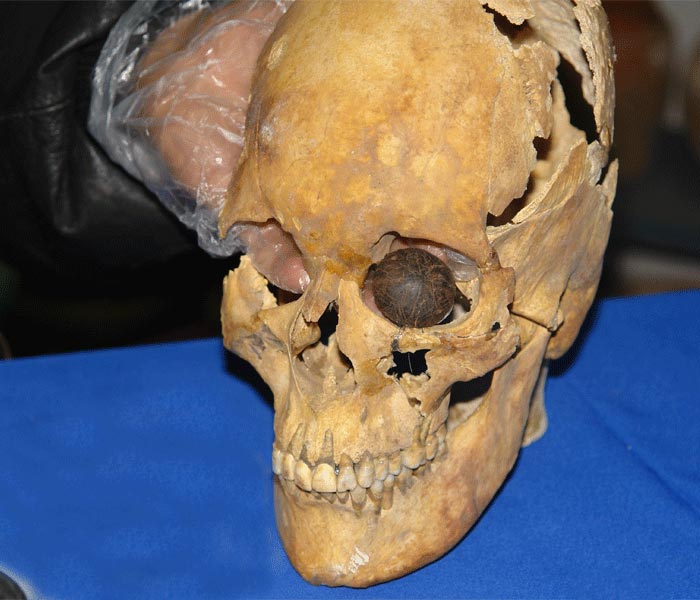
Artificial Eyeball excavated from the 5,000 year old Shahr-e Sukhta
The structures, burial and manufacture grounds along with excavated artefacts has made Shahr-e Sokhta a substantial source of information on the development of complex societies of the Bronze Age.
For a complete list of UNESCO World Heritage Sites in Iran, click here
